Almost all of the music you hear on a day-to-day basis – whether in your car on the way to work or playing over the speakers at a local restaurant – is tuned to 440 Hz. This has been the international standard tuning since the mid-1900s (1).
Yet, when we change our tuning to 432 Hz, though it’s only a difference of 8 cycles per second, there’s a noticeable shift in our physical disposition.
This has been proven by scientific research.
For example: A study by the American Society of Endodontists found that patients who listened to 432 Hz music before, during, and after root canal operations experienced less anxiety.
This soothing of the nerves led to an improvement in associated vital signs, including lower systolic blood pressure, diastolic blood pressure, and heart rate (2).
If 432 Hz music can have that effect on people during dental surgery, imagine how it could help us in everyday life.
We'll look at more examples of medical research later on, but first let's decode this frequency and understand it's significance in music and the wider world.
Contents:
- 432 Hz – Musical Significance
- The Heartbeat of the Planet
- Physical Healing Research
- 432 Hz In Ancient Geometry
- 432 Hz In Ancient History
- Summary
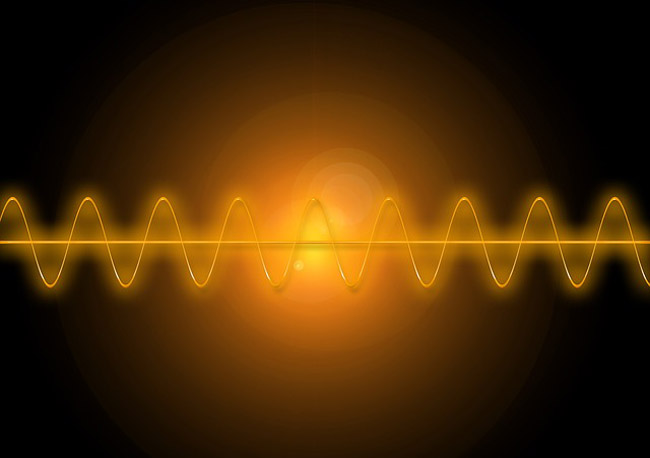
Could 432 Hz bring light to your life: less anxiety, emotional healing, greater intuition
432 Hz – Musical Significance
As noted previously, modern day music is tuned to the standard of A (note) = 440 Hz, but many musicians and scientists advocate that it should be A = 432 Hz.
It transpires that the additional 8 Hz difference between 440 Hz and 432 Hz is a lot more significant than it would seem at first glance.
In fact, 8 Hz is at the root of 432 Hz, literally (in terms of music).
If we start at 8 Hz, then raise the pitch by five octaves, we come to 256 Hz. With C at 256 Hz, we find A at 432 Hz, also known as “Verdi’s A”, which we explore in greater detail here.
In short, Giuseppe Fortunino Francesco Verdi was an Italian opera composer who advocated for the use of 432 Hz as the standard tuning.
On the other hand, with A at 440 Hz, we are left with C at 261.656 Hz, a mathematically awkward frequency; not a whole number.
That’s why A at 432 Hz is referred to as “scientific tuning”, because the math is more precise. For this reason it has been promoted as preferable by physicists like Joseph Felix Savart and Joseph Sauveur, and by scientists like Bartolomeo Grassi Landi.
Twelve Fifths Tuning
Additionally, if we tune with the Twelve Fifths Tuning, discovered by the late classical pianist and tuner Maria Renold, and musical mathematician Grammateus, we find even greater mathematical and geometric synergy in the 432 Hz scale. Because Maria Renolds tuning arrived at the concert pitch of A = 432 Hz.
For the record, the Twelve Fifths Tuning has natural intervals and allows for an increased resonance, as opposed to the modern Equal Temperament (the adjustment of intervals in tuning a piano or other musical instrument so as to fit the scale for use in different keys),
First published in German in 1985, Maria's book has become a modern classic of musical research.
The Heartbeat of the Planet
The relationship between our planet and this frequency is very interesting. 432 Hz is commonly used in music therapy to reduce stress and anxiety and bring down heart rate and blood pressure. The music is noted for its soothing properties.
Now, according to music theory, when playing in 432 Hz tuning, middle C is closer to 256 Hz, a frequency that is a multiple of 8 Hz.
8 Hz is commonly known as “the heartbeat of the planet.
Why?
Because in 1952, the physicist Winfried Otto Schumann discovered that the electromagnetic waves that exist in the space between Earth’s surface and its ionosphere resonate at a frequency between 7.86 and 8 Hz.
8 Hz is aligned with our very existence and intrinsically connected to 432 Hz.
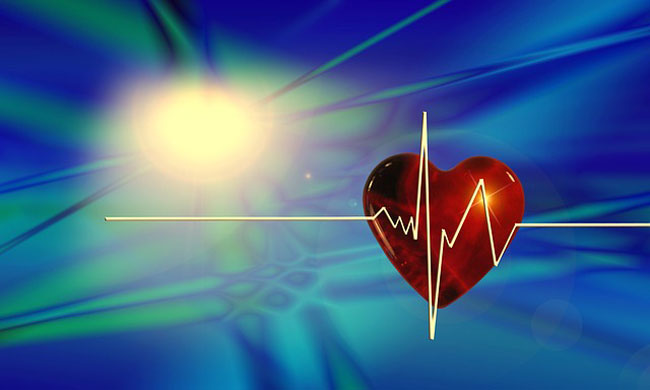
432 Hz is in alignment with the frequency, “the heartbeat”, of our planet.
432 Hz Healing Research
8 Hz continues to provide examples of influence around the world.
Scientist and medical doctor, Dr. Andrija Puharich, studied healers from different cultures, and faiths around the world and found that their brain waves tended to resonate at 8 Hz. And even their hands, when placed in water, vibrated at 8 Hz.
It makes sense that those with a deeper, more spiritual connection to the planet are more attuned to their environment.
In fact, Dr. Puharich claims to have used the 8 Hz frequency to cure 27 organic diseases during his career, though his skeptics would argue against this on account of his credulous personality.
Disregarding this claim as hearsay, there is reputable evidence in the scientific literature of the benefits of 432 Hz:
- Research published in 2019 found that 432 Hz music reduced heart rate more than 440 Hz music (3).
- A second study found a significant improvement in sleep for patients with disabilities after listening to 432 Hz music (4).
- A third study (in addition to the one mentioned at the beginning of this article) in pre-op dental patients found “The use of music significantly decreased clinical anxiety levels, and the frequency of 432 Hz was effective in decreasing salivary cortisol levels before tooth extraction” (5).
These studies all report the same trend: a reduction in anxiety and physiological changes in heart rate and blood pressure. In short, people feel better when listening to music at this frequency.
Other Notable Instances
As a brain wave frequency, 8 Hz is the straddle between the Alpha and Theta frequency ranges, and is realized during meditation (a state of being calm and present), Tai Chi, and when the two hemispheres of our brain are working at peak synchronization.
Our DNA replicates at a frequency of 8 Hz, and it’s also the nuclear magnetic resonance of hydrogen atoms, as noted by renowned musician and writer Ananda Bosman, which form one of the basic building blocks of living creatures and the universe.
A study by the HeartMath Institute found that when our heart is in a state of compassion, it beats at 8 Hz, as measured by an electrocardiogram (or EKG).
432 Hz In Ancient Geometry
What do Stone Henge and the Pyramids of Giza have in common?
Other than being popular tourist attractions and ancient monuments that we don’t quite understand, they both have a geometric relation to 432, as do many other such sites like Sri Yantra.
As Graham Hancock points out in his book The Message of the Sphinx, the dimensions of the Great Pyramid and the dimensions of earth are connected at a scale of 1:43,200.
If we multiply its height of 481.3949 feet by 43,200 and then divide by 5,280 (the number of feet in a mile), we get 3,938.685.
That’s just 11 miles short of the radius of the earth, as measured between its poles, of 3,949.
If we multiply the perimeter of the Great Pyramid’s base, which is 3,023.16 feet, by 43,200 and then divide by 5,280 again, we get 24,734.94 miles.
That’s just 170 miles short of the circumference of the Earth, as measured around the equator.
Now, keep in mind that the radius and circumference of Earth, as we know it today, is based on the most advanced methods of measurement that we have, whereas the Pyramids were built thousands of years ago.
That they were off by just a fraction of a percent is nothing short of incredible.
How did these ancient builders discover these measurements, and why did they base the Great Pyramid’s dimensions on multiples of 432?
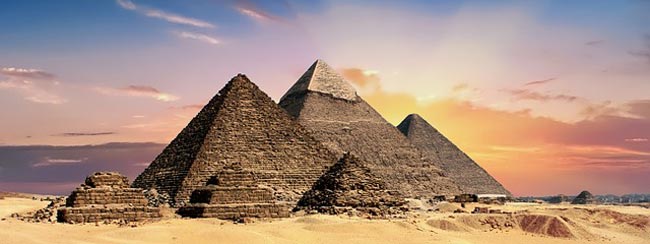
The dimensions of the Pyramids of Giza and the dimensions of earth are connected at a scale of 1:43,200.
Stone Henge
We see this same connection in Stone Henge.
First, note that 25,920 years is how long a complete cycle of the equinoxes takes. It’s sometimes called the Great Precessional Year or a Platonic Year. This number will be important to the relation between Stone Henge and 432.
For instance, there are several sets of stones arranged in circles of a full 360 degrees. The second circle is made up of 60 stones and represents a full cycle of 25,920 years. Divide 25,920 by 60 and what do we get? 432.
Divide 60 by 10 and we get 6. Divide 25,920 by 6 and we have 4,320.
Of course, 432 is not the only number that’s significant to the geometries of these ancient sites, but it’s one that we see again and again.
Saturn
Fulcanelli, the French alchemist and author of Le Mystère des Cathédrales, noted 432’s significance in relation to 25,920 in the orbit of Saturn:
Saturn, because it is at the greatest distance from the sun of all the visible planets, has the longest ‘year’, taking a little less than 30 years to complete one circuit of the zodiac. This makes it the best precessional timekeeper of all the planets.
Saturn completes one precessional Great Year of 25,920 years every 864 of its ‘years’. It completes a a half cycle every 432 of its ‘years’, a quarter cycle every 216 of its ‘years’, and an eighth of a cycle every 108 of its ‘years’.
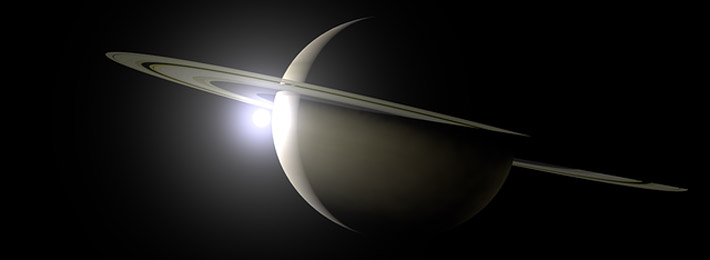
The Golden Ratio
432 is a key number in sacred geometry and resonates with the Golden Ratio.
We say two numbers fall into golden ratio when their ratio to each other is the same as the ratio between the sum of both numbers and the larger number. In other words, a / b is equal to a + b / a.
This ratio is represented by the Greek letter phi or ϕ.
Phi and the golden ratio are found all throughout nature, art, architecture, and music and are known for being aesthetically pleasing.
But they also have sacred functionality. For instance, we find phi both in the spiral of our inner ear or cochlea, as well as in the spiral of the DNA double helix.
Another example of 432’s geometric significance come from John Stuart Reid’s experiments with his CymaScope. This device uses vibration to form geometric shapes in both liquid and solid mediums.
John Stuart Reid had this to say about his experiments:
432 Hertz pops out as a triangle, every time we image it. We thought there was something wrong with the CymaScope, but after trying for more than an hour we concluded that the number 3 was somehow universally connected to 432 Hertz.”
432 Hz In Ancient History
432 pops up in many places of well-known history.
For instance, in the Bible, we can use the ages of the ten patriarchs between Adam and Noah, along with Noah’s age at the time of the Great Flood, to find that the flood came after 1,656 years.
That’s 86,400 weeks. Half that number and you get 43,200.
Meanwhile, Babylonian accounts place their own history of the flood at 432,000 years. Again, 432.
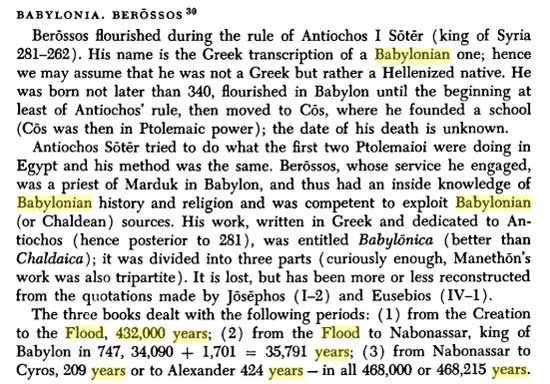
Excerpt taken from the book: Hellenistic Science and Culture in the Last Three Centuries B.C.
In Summary
The relevance of the number 432 throughout our world is undeniable.
In musical terms its benefits have been championed by the likes of ancient Egyptians, Mozart, Verdi, and Tibetan monks. More on that here.
What did all of these people, from the architects of the Great Pyramid to the great classical composers, know about 432 that we don’t?
And why aren’t we still using 432 Hz today as our musical tuning standard, instead of the mathematically inconsistent 440 Hz.
In the modern day, research is showing that this frequency is far more beneficial to our physical health than the standard tuning of 440 Hz. It can lower stress and anxiety, blood pressure and heartbeat, which can help us all improve our health.
The question is not should you listen to 432 Hz music, but why wouldn't you?
Article References:
In addition to the linked names of cited experts and historical persons of interest, there are linked parentheses in the article. Below is a list of the references those numbers correspond to.
1. A440 Pitch Standard – Wikipedia
2. Influences of 432 Hz Music on the Perception of Anxiety during Endodontic Treatment: A Randomized Controlled Clinical Trial – Pubmed.ncbi.nlm.nih .gov
3. Music Tuned to 440 Hz Versus 432 Hz and the Health Effects: A Double-blind Cross-over Pilot Study – Pubmed.ncbi.nlm.nih .gov
4. Music tuned to 432 Hz versus music tuned to 440 Hz for improving sleep in patients with spinal cord injuries: a double-blind cross-over pilot study – Pubmed.ncbi.nlm.nih .gov
5. Effect of music at 432 Hz and 440 Hz on dental anxiety and salivary cortisol levels in patients undergoing tooth extraction: a randomized clinical trial – Pubmed.ncbi.nlm.nih .gov